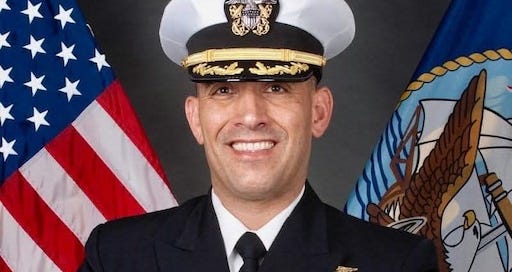The Strange Death of Job Price
Navy SEAL Cmdr. Job Price's 2012 death in Afghanistan was ruled a suicide. But a private investigator says it was murder.
For years, Matt Cubbler has tried to correct what he sees as a grave injustice done by the Navy SEALs. Cubbler, a retired small-town police officer, has told anyone who would listen that Cmdr. Job W. Price did not kill himself.
Price, the decorated 42-year-old commander of SEAL Team Four, died of a gunshot wound to the head a few days before Christmas 2012 while on deployment in Afghanistan. A military investigation ruled the death a suicide. Price was struggling with stress and exhaustion, but no witness interviewed by military investigators believed he was suicidal. No suicide note was ever found.
Cubbler’s involvement began in the fall of 2019 when Price’s father, Harry, asked if he would review the military’s investigation. Cubbler had a background in law enforcement: He worked in several small-town Pennsylvania police departments and served as a U.S. Air Marshal for more than four years after 9/11. He was also a family friend; Cubbler knew Price from high sch…




